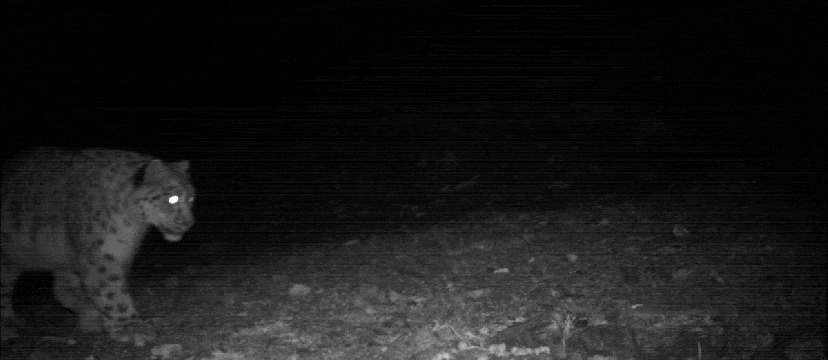He once considered snow leopards a threat to his family’s livelihood. Today, he is a dedicated advocate, protecting Mongolia’s most studied population of snow leopards, including several females who have successfully raised multiple generations.


He once considered snow leopards a threat to his family’s livelihood. Today, he is a dedicated advocate, protecting Mongolia’s most studied population of snow leopards, including several females who have successfully raised multiple generations.

Just how many snow leopards live in Tost Nature Reserve? Each year our researchers examine camera trap images and collaring data to determine the number of residents in this important snow leopard habitat.

This is a story about women leading snow leopard conservation shared by Deepshikha Sharma from the Snow Leopard Trust’s India Program based at the Nature Conservation Foundation. Shen, an initiative of Snow Leopard Enterprises in Spiti Valley, is transforming conservation.

A huge thank you to our supporters around the world who came out to make #Strides4SnowLeopards this June!

One hundred fifty honey bee hives were successfully delivered to their new homes in the mountains of Kyrgyzstan. Relocating the bees was a challenge, as Benazir, our Project Assistant, shares, “The delivery process was so nerve-wracking because we were transporting live creatures over a long distance. The delivery kept getting postponed due to rainy weather. To add to the complexity, honey bee families are supposed to be delivered at night so they can orient themselves once they are settled. Due to the specific challenges and risks involved, we did not sleep for two nights, constantly checking on the location of the truck with the bee families.”

In early April, Snow Leopard Trust scientists headed back to the field to restart our collaring program, which is part of our ongoing long-term ecological study of snow leopards and their habitat in Mongolia’s Tost Mountains.

When Snow Leopard Trust Executive Director Dr. Charu Mishra began his conservation work in the late 1990s, the top-down practice of “fortress conservation” was the norm. Entire communities were evicted from territories to protect wildlife. (An estimated 130 million ‘conservation refugees’ have been displaced by conservation efforts worldwide.) In Charu’s view, fortress conservation is morally wrong.

Snow leopard, scientific pioneer, trailblazer, super mom. Dagina has held quite a few monikers over the years – and done more to further our research than perhaps any other individual snow leopard in the wild to date.

What do these numbers mean to our research? Let’s start with snow leopards. In this case, 95 snow leopards does not actually mean 95 snow leopards. The ‘numbers’ refer to photos or independent photo capture events, to be more precise.

In 2021, park rangers, environmental specialists and local citizens in Kyrgyzstan, intercepted poachers with pelts and bones of snow leopards and other species bound for illegal wildlife markets. Many mountain ungulates were also confiscated, most of which were illegally hunted for bushmeat. The illegal trade in endangered species is a significant threat to snow leopards and their wild prey. This success story reinforces how conservation partnerships can help ensure a future for snow leopards.